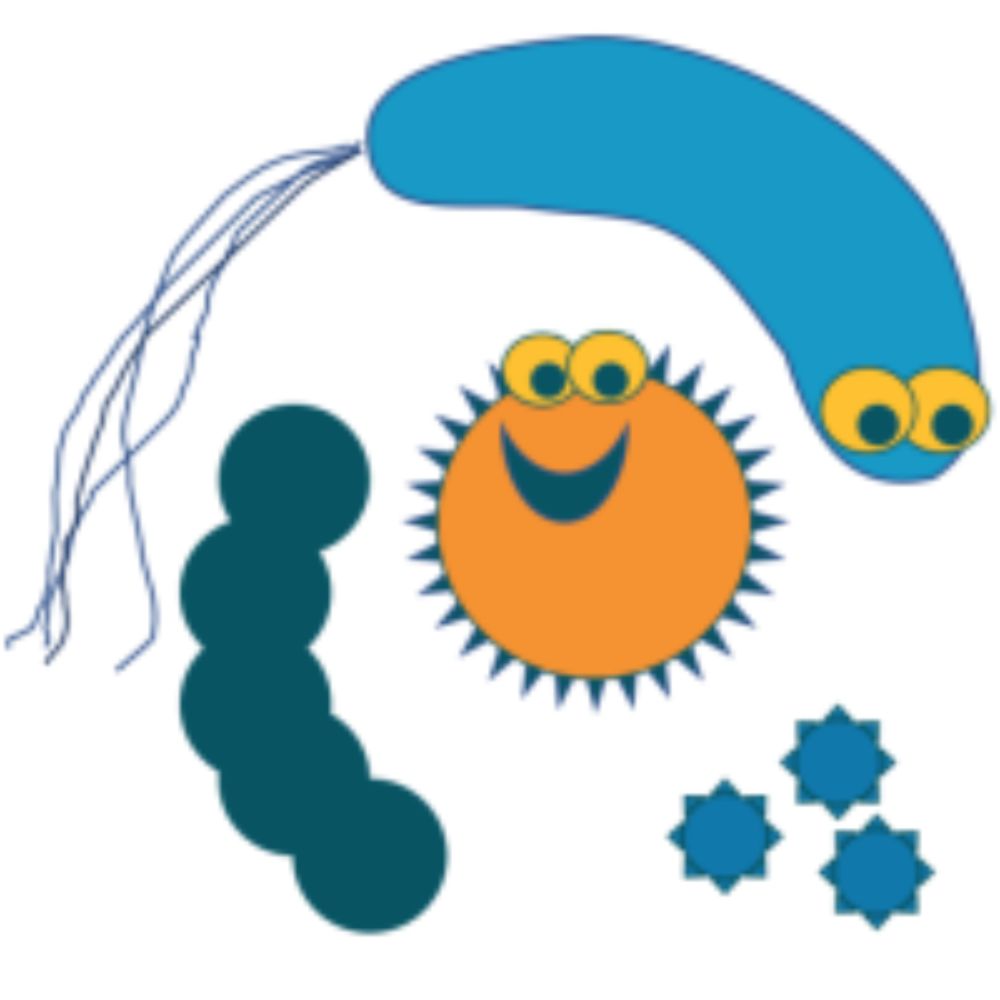Florian Trigodet
@floriantrigodet.bsky.social
440 followers
210 following
22 posts
Computational microbiologist. Senior scientist at the Helmholtz Institute for Functional Marine Biodiversity, Oldenburg.
Working in Meren lab.
Posts
Media
Videos
Starter Packs
Reposted by Florian Trigodet
Reposted by Florian Trigodet
Reposted by Florian Trigodet
The Banfield Lab
@banfieldlab.bsky.social
· Apr 28








